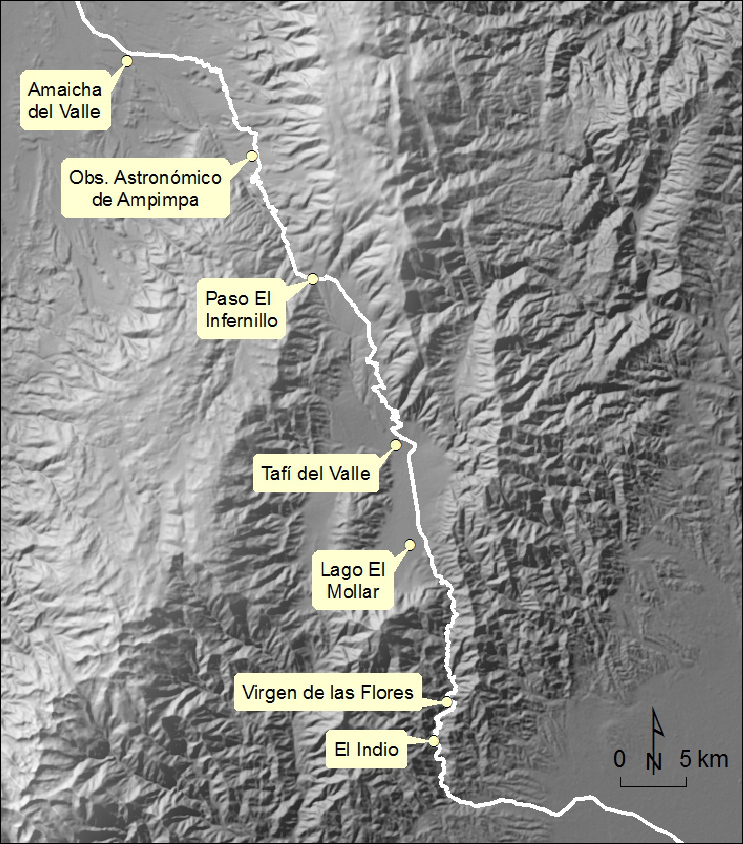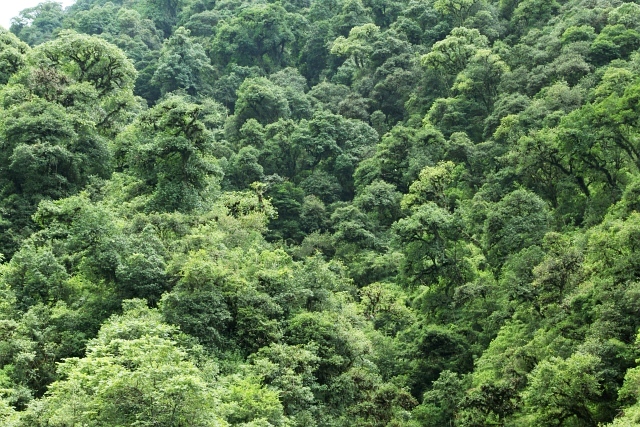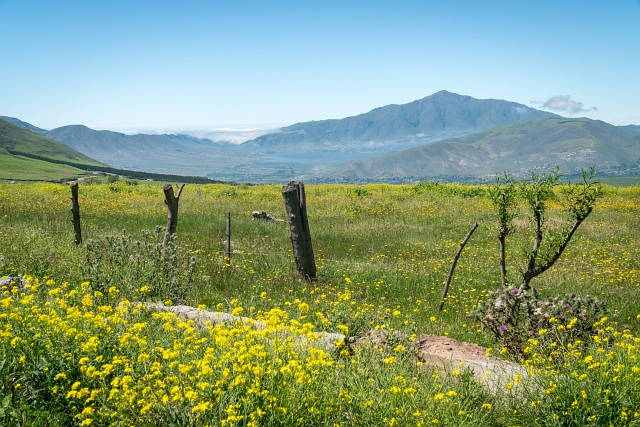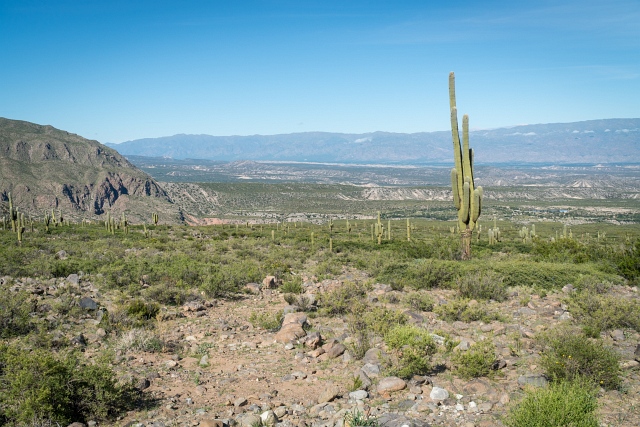At the top of the summit of the Eastern Cordillera, there is a cactus lady named Lili. Lili is probably the proudest cactus in all of South America because she stands taller than any other cactus ever has. She lives a few miles to the west, where it is a bit wilder and the Cordillera protects her from the winds. When it starts to blow, Lili always has to cling to the ground very well with her roots, because they are very shallow and offer little support. Sometimes one of the curious llamas comes by and pushes her. But even that has never rocked her. Looking east on a clear day, she sees across the flowering meadows of the mountainsides to the misted upper limit of the mountain rainforest. She only knows some tales about the plants and animals in the rainforest, because almost everything that happens there is well hidden behind the clouds. On special days, the fog hangs somewhat lower, and the uppermost edge of the forest also becomes visible to Lili. These days are her favorite ones in the whole year. Very small, high up directly at the trunk of one of the large trees, grows a plant. A plant whose flowers outshine all others in size and colour. Lili can not get enough of this view, and the desire to know the name of this beauty is growing day by day.
Chewing, the llama Pedro trudges past. Without any shyness, Lili asks Pedro, who has already travelled a lot all over the world, if he knows what the name of this enchanting flower would be. Unfortunately, he cannot help Lili because he had never looked up all the way to the tree tops on his travels through the rainforest. One day, one of the horses usually grazing on the mountain pastures visits Lili. She immediately asks him curiously for this beautiful flower, but even the horse can not tell her, because his pasture area does not reach down to the rainforest, the yungas. Lili tears up because nobody can help her. As she is about to give up, the hummingbird Simon passes by on a cool day, having left the rainforest the day before. He tells the cactus lady that the flower would be an orchid called Thomas. He visited him on his way. Thomas would be a very kind young man, serving fresh nectar to all his guests. This evening, Lili dreamily looks at the rainforest for a long time, until she finally falls asleep.
How could the story of Lili and Thomas continue? Do you have an idea? Write a continuation. Or explore the scientific background of this beautiful tale by working on the following exercises.























